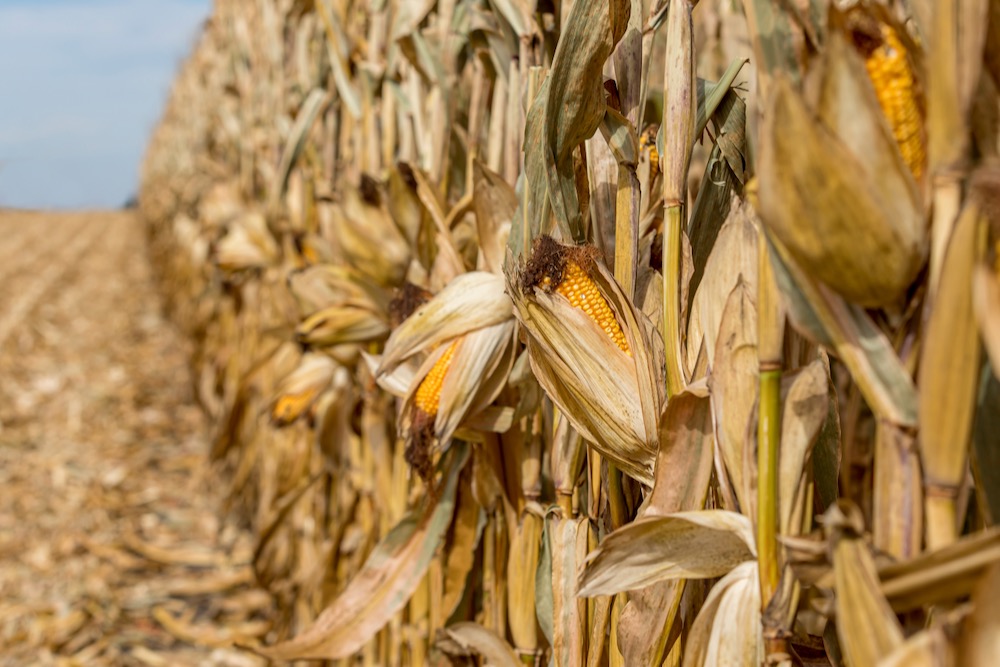Analysts expect USDA to raise estimates of corn planting areas in the US

The market expects the USDA experts to revise the forecasts of the planted areas in the US, especially in case of warm weather in the coming weeks, Agrisencus reports.
According to the preliminary forecasts released on February 15, in 2024, the US corn area will decrease by 3.8% to 91 mln acres compared to last year, wheat – by 5.3% to 47 mln acres, while soybean area will increase by 4.7% to 87.5 mln acres.
The USDA will release updated planting area forecasts on March 28 in its annual report on prospective plantings.
On March 13, Allendale released its own estimates of the planted areas in the US, which were significantly higher than those of USDA. Thus, Allendale expects that 93.47 mln acres will be planted with corn in 2024, 47.62 mln acres with wheat and 85.83 mln acres with soybeans.
American farmers, especially in the Midwest, alternate soybeans and corn on the same field and follow the 50×50 crop rotation, so in case of favorable weather conditions, they can plant more corn before planting soybeans, Advance Trading believes.
In Nebraska, the third largest corn-producing state in the U.S., the temperature reached the peak of 25°C on March 11, which is 14.5°C higher than the record. In the neighboring states of Kansas, Iowa and Missouri, temperatures were also significantly higher than normal at the beginning of the month.
According to the National Weather Service, from March 24 to March 28, temperatures will be below normal in the Great Plains and in the western corn belt, while in the eastern corn belt they will exceed it.
Analysts believe that the USDA estimates for corn, soybean and wheat planting areas are too low, as producers usually plant as much corn as possible in case of favorable weather. However, amid significant stocks in some regions, economic problems and dry weather, farmers may limit planting.
In Ukraine, according to local experts, farmers will also sharply increase soybean acreage and decrease corn acreage due to lower prices and profitability of corn and wheat compared to soybeans and sunflower.
Read also
Join with the EARLY RATE – 22 International Conference BLACK SEA GRAIN.EUROP...
China cuts 2024/25 corn production forecast in December outlook
USDA experts cut forecasts for world wheat production, consumption and exports, bu...
Ukrainian sugar exports may break the record for the last 24 years
Palm oil stocks in Malaysia in November fell to a minimum in the last 4 years
Write to us
Our manager will contact you soon



